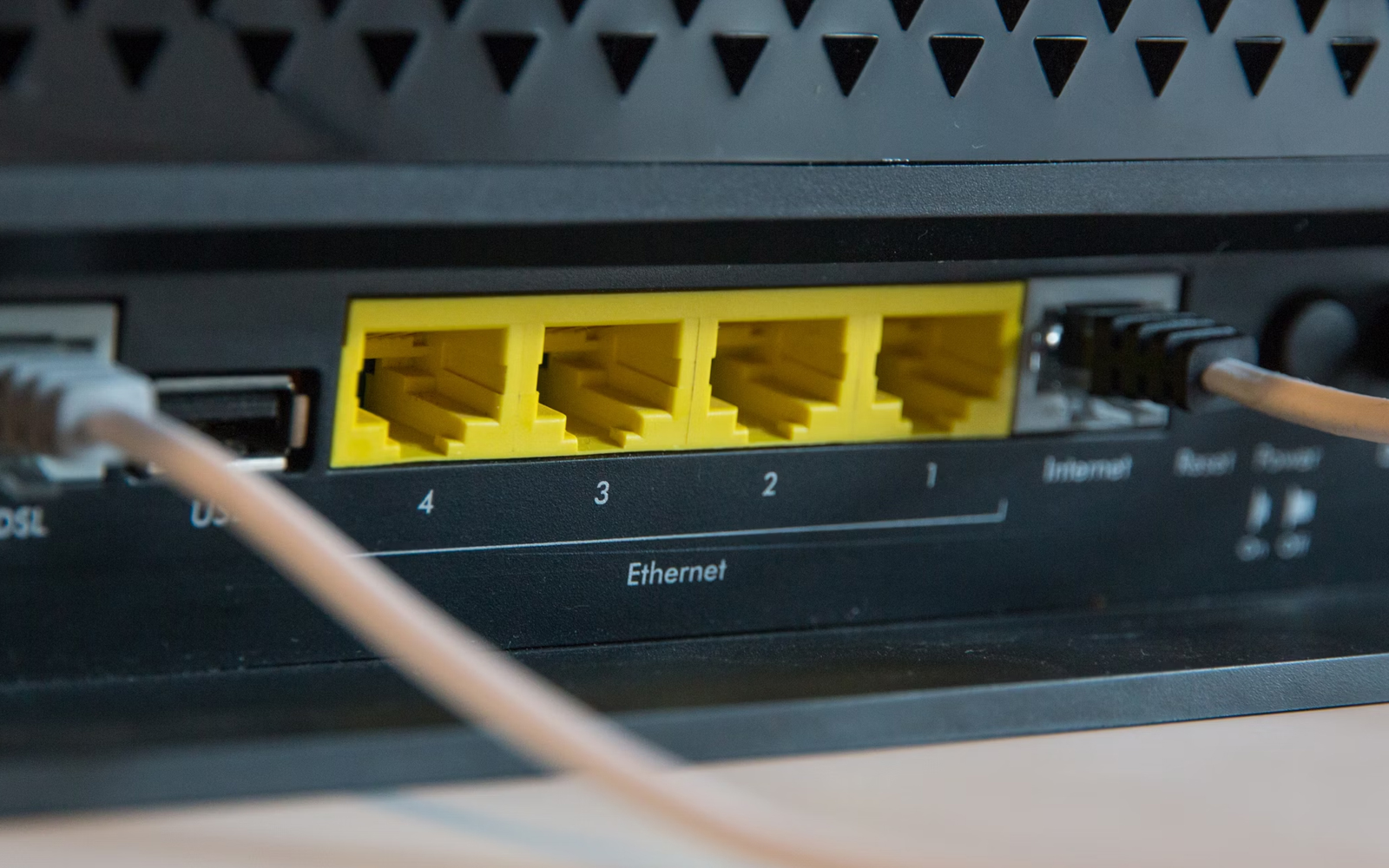
This summer, ICANN, the organization responsible for managing IP addresses and domain names, officially introduced a new domain, .internal, specifically designed for private networks.
This development, as highlighted by The Register, was significantly influenced by Vint Cerf, often referred to as one of the “fathers of the internet.” Cerf, who has worked at Google for 19 years as Vice President and Chief Internet Evangelist, advocated for the creation of this domain.
In his comments to ICANN, Cerf mentioned that Google has been using the .internal domain for several years within its cloud platform to avoid conflicts with public domains. Some of Google Cloud’s clients have also adopted this domain for similar reasons.
ICANN’s journey toward establishing a domain dedicated solely to private networks began four years ago, driven by the need to create a space for internal networks that are not accessible from the internet. Out of 35 proposals, the finalists were .private and .internal.
Ultimately, the .internal domain was chosen, despite its similarity to .int, which is used for international organizations (e.g., nato.int, interpol.int). The term “private” was considered potentially misleading due to its multiple meanings, making .internal the preferred choice. ICANN is now seeking public feedback to ensure this decision is the best fit before final approval.
The .internal domain aims to make intranet IP addresses more readable and memorable. These addresses are typically used within home or corporate networks, covering the ranges:
- 10.0.0.0 to 10.255.255.255
- 172.16.0.0 to 172.31.255.255
- 192.168.0.0 to 192.168.255.255
Previously, users would set up local DNS and assign names like “printer.home” to devices in their network. However, conflicts could arise if these domains were eventually established and added to the root zone, as identical addresses could exist on both the internet and intranet.
Domains like .local, .home, and .lan have been popular in such use cases, although .local is technically reserved for mDNS functions. Since 2018, the domain .home.arpa has been designated for home networks, but it has not gained widespread recognition.
With the introduction of the .internal domain, private networks can now benefit from a more standardized and conflict-free method of naming internal resources.


